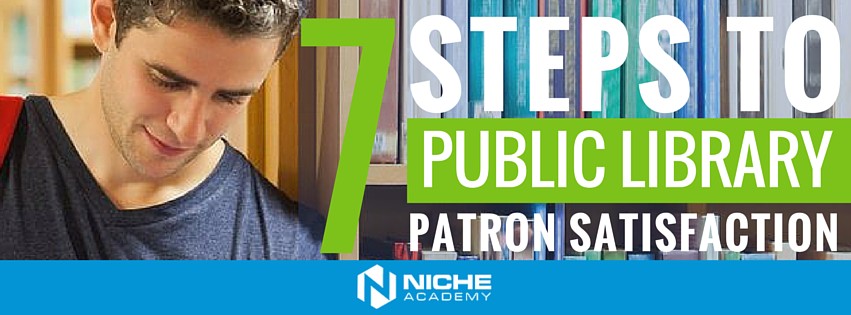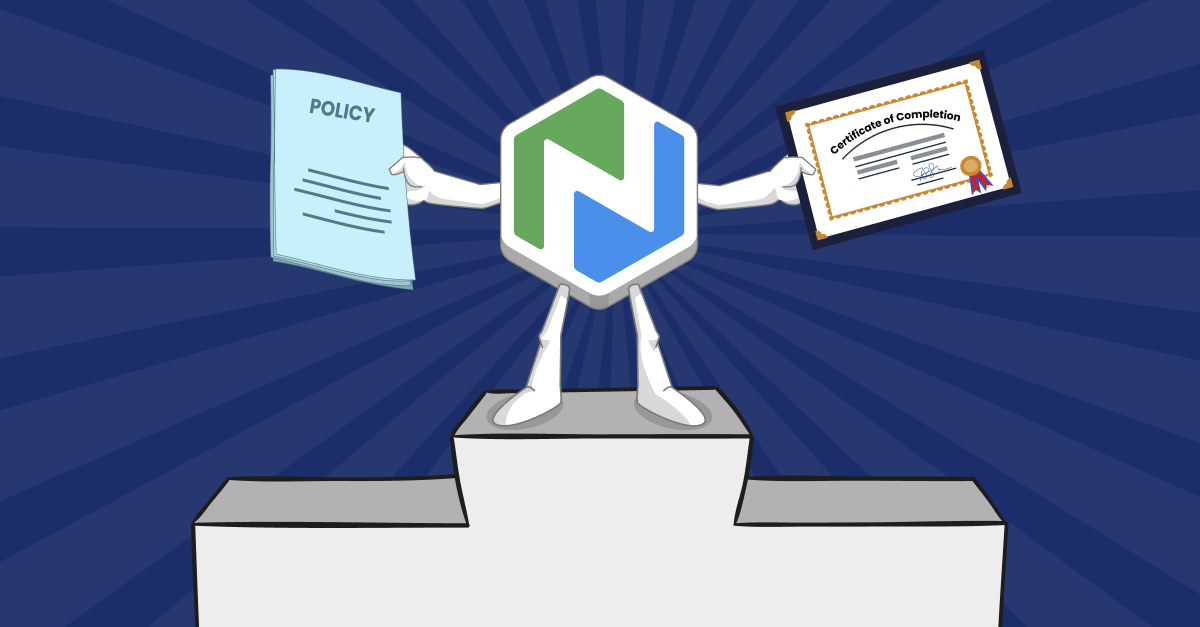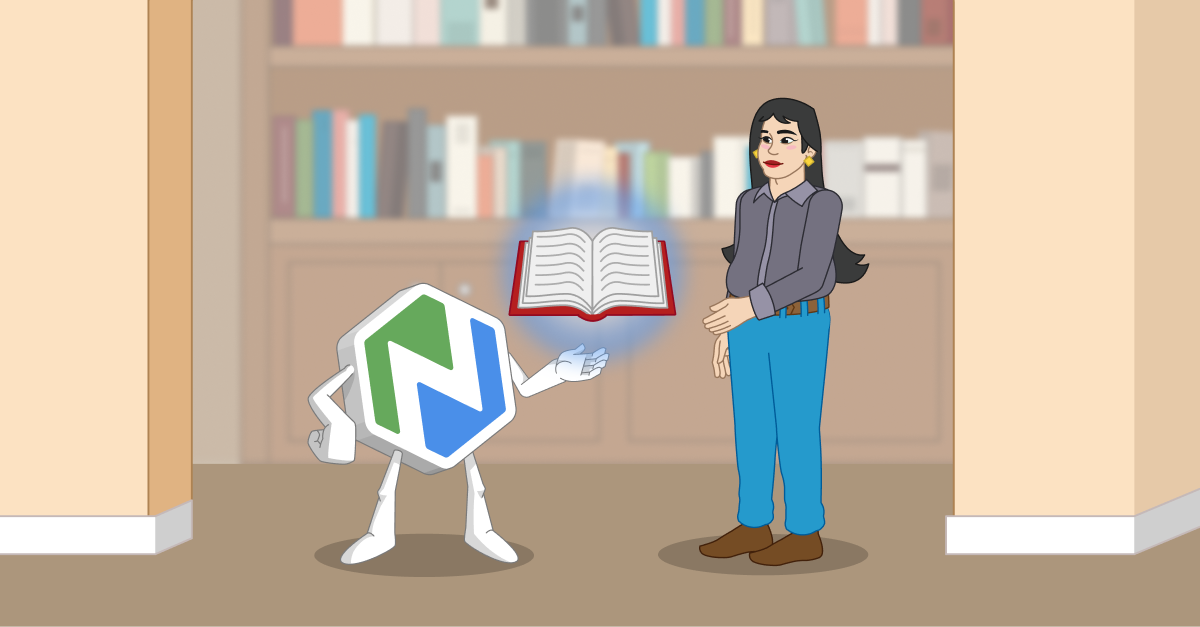7 Steps to Public Library Patron Satisfaction
Here are a few thoughts on increasing public library patron satisfaction, in hopes that they may spark some useful ideas for you.

And I'm one step ahead of the shoe shine,
Two steps away from the county line,
Just trying to keep my customers
satisfied
With apologies to Simon and Garfunkle, I think there's a parallel in the public library experience. Between the demands of our funders, the heightened expectations of patrons, and the shifting forces at work in both education and entertainment... It's hard to feel like you're satisfying anyone. Here are a few thoughts, though, that may spark some useful ideas for you.
Step 1: Create Awareness
To be able to use the valuable resources in your public library, patrons need to know they exist.
Social media, newsletters, email campaigns, etc. are a great way to send out information about resources, but those are ephemeral. Posters in the library and info on your website are the most long lasting.
Get them to the library (physically or virtually) via social media, but keep them there by continually showing, instructing, and reminding on your website.
Step 2: Teach
Patrons will only be satisfied with your library and its resources when they know what they are for and how to use them. For this to happen, they need to be taught. Even if we think it should be obvious, it usually isn’t.
Since no one has the resources or time to teach everyone everything, this training needs to be online and kept up to date.
Step 3: Remind
Even though a person is taught once, that doesn’t mean they will remember what they were taught. It’s often more difficult for someone to ask for help after they have already received help.
Having an online way to remind patrons how something works helps keep them from abandoning the service.
Step 4: Track
The only way to know if what you are promoting and teaching is working, is by tracking that information.
First and foremost, tracking usage of the individual resources will let you know if there is an increase in usage. Secondly, it is important to know what is causing the increase in usage.
Step 5: Listen to Feedback (Verbal and Nonverbal)
Along with tracking the outcomes, it is important to be aware of feedback you receive.
It is easy to listen to and act on verbal feedback from patrons, but non-verbal feedback is bit trickier. Often times people give you feedback by not doing or saying something. Like simply not showing interest in a library resource.
Step 6: Analyze
At this point, you have both information from data you are tracking as well as verbal and nonverbal feedback. So the next step is to analyze that data.
- What does it mean?
- Do people not want the resource in your library or do they just not understand it or how to use it?
- Do people want more of the resource?
In this step you come to conclusions based on the information.
Step 7: Enhance Offerings
With the data analyzed you can now make more intelligent decisions about the resources your library offers.
You can decide whether you need to find ways to create more awareness, whether more effective teaching is necessary, whether you don’t have enough data to make a good decision, or whether you simply need to cut the resource loose.
Whatever the decisions are, because of the steps that were followed, you will feel confident that you are improving your patron satisfaction, and providing them with the best experience possible.

.png)
.png)
.png)

.png)
.png)
.png)

.png)
.png)

.png)